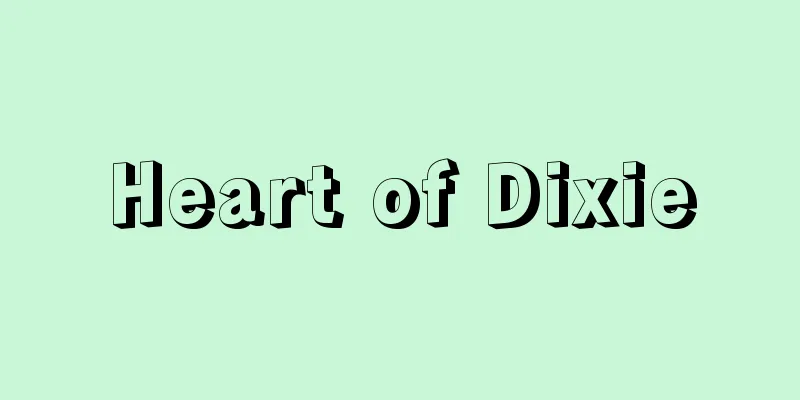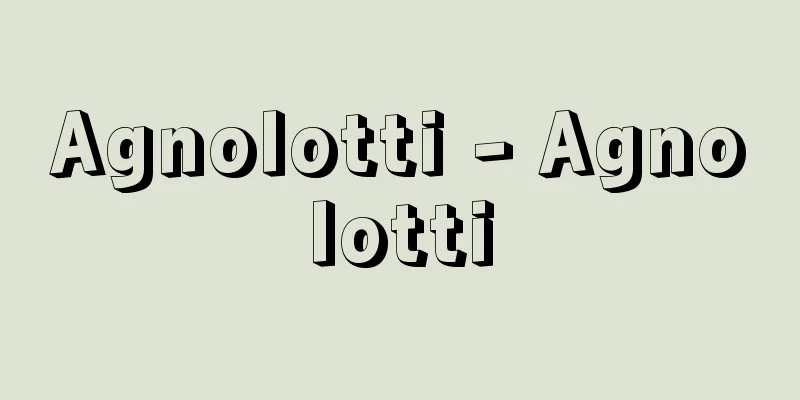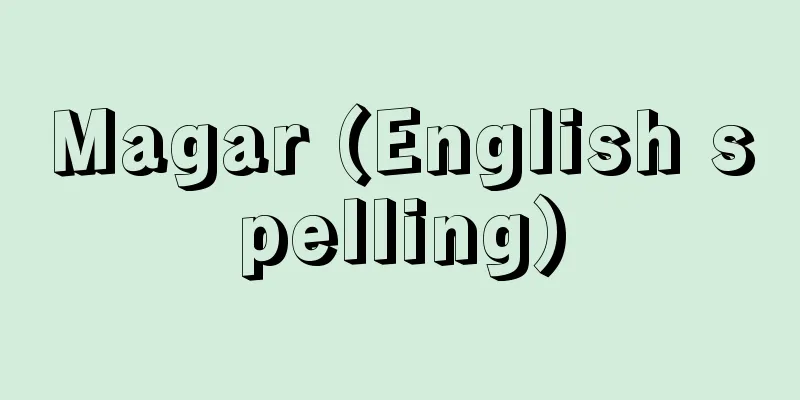Emoji - Emoji
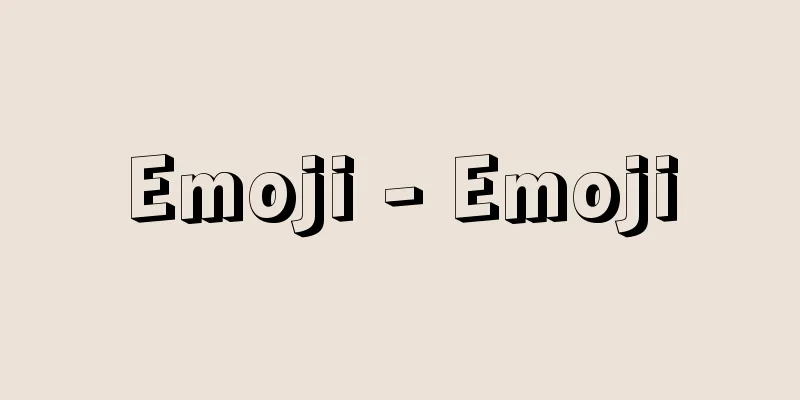
|
Characters that use pictures or figures as symbols to communicate intentions and record things. A translation of picture-writing. It belongs to the most primitive stage in the development of the writing system. Pictographs are subdivided into three stages according to their developmental process, but some characters may be a mixed system of two or three stages. The first is the non-letter stage, or the "picture stage," which corresponds to pictography. This is the stage in which pictures communicate ideas through visual symbols without the medium of language, and there are many examples of this among American Indians and Africans. For example, a circle with a halo represents the sun, and wavy lines represent water. Inca Quipu (knotted rope script) also falls into this category, but it is more of a kind of memory aid than a character. Strictly speaking, these are considered to be precursors to pictographs. The second stage is the "ideographic stage," in which the writer intentionally conveys universal meanings through pictures, and is common among American Indians and Eskimos, but also found in Polynesia, West Africa, and South Asia. For example, the circle with a halo mentioned above is a more developed stage of writing that means "heat" or "warmth." Emoji in the narrow sense refers to writing at this stage or higher, and is still used on traffic signs today. The third stage is highly developed emoji, in which conventional, stylized, and simplified pictures are used as symbols to represent single objects or words, and most of the writing known as emojis fall into this category. In Sumer, ancient Mesopotamia, the cuneiform writing system was created, which later developed into phonetic characters. Egyptian hieroglyphs were used in ancient Egypt for about 3,000 years. It has also become clear from characters such as oracle bones and epigraphy that Chinese characters developed from concrete pictographs. The Western Xia and Khitan scripts were created to imitate Chinese characters, the former being mostly phonetic characters, and was deciphered last year, while the latter is considered to be undeciphered. The Mayan script of Central America has not been completely deciphered. Most are ideographic characters, but there are also phonetic characters, and as a script it is in a transitional stage. The Aztec script, which is as pictorial as the Mayan script, is mostly characters that represent place names and personal names, and although they also created phonetic characters, they are often used as riddles. There are also other unique scripts such as the Indus, Hittite, Etruscan script, and the Rongorongo of Easter Island. Incidentally, the Goo Shinfu of Kumano in Wakayama Prefecture and the pictographs of the Joseon Dynasty are, so to speak, decorative characters and are not pictographs as referred to here. [Ueda Satoru] [Reference] |Source: Shogakukan Encyclopedia Nipponica About Encyclopedia Nipponica Information | Legend |
|
絵画や図形を手段として、意志の伝達や事物の記録のための記号として用いた文字。picture-writingの訳語。文字体系の発展段階ではもっとも原初的な段階に属する。絵文字は、その発展過程に応じて3段階に細分されるが、文字によっては二つまたは三つの段階の混在体系である場合もある。第一は無文字段階、いわば「絵の段階」でpictographyにあたる。絵が言語を媒介とせずに、視覚的な記号で思想を伝達する段階であって、アメリカ・インディアンやアフリカなどで多くの例がある。たとえば、光輪のある円で太陽を、波状の線で水を表すごとくである。インカのキープ(結縄(けつじょう)文字)もこの範疇(はんちゅう)に入るが、文字というより一種の記憶補助手段である。これらは、厳密な意味では絵文字以前の先駆的段階とされている。第二は「表意的段階」であって、書き手が意図的に普遍的意味を絵画で伝えるもので、アメリカ・インディアンやエスキモーに多く、ポリネシア、西アフリカ、南アジアなどでも例がみいだされる。たとえば、前述の光輪のある円が「熱」や「暖かさ」を意味するような段階の文字で、より発達した段階にあり、狭義の絵文字はこの段階以上の文字をさし、現代でも交通標識などに用いられている。第三は高度に発達した絵文字で、慣習的に使われて定型化され、単純化された絵画が、単一の物体や語を表すシンボルとして使われる段階であって、絵文字として知られている大部分の文字はこの範疇に入る。 古代メソポタミアのシュメールでは、のちに表音文字へと発展して楔形(くさびがた)文字体系がつくられた。エジプト象形文字(ヒエログリフ)は、約3000年にわたって古代エジプトで使われていた。また、漢字は具象的な絵文字から発達してきたことが、甲骨文字や金石文などの文字によって明らかになってきた。西夏文字や契丹(きったん)文字は漢字を模してつくられ、前者は大部分が表音文字であり、先年解読されたが、後者は未解読とされている。中米のマヤ文字は完全に解読されてはいない。大部分は表意文字であるが、表音文字もあり、文字としては過渡的な段階にある。マヤ文字と並んで絵画性が強いアステカ文字は、地名・人名を表す文字が大部分で、表音文字もつくりだしたが、判じ絵的な使い方が多い。ほかにインダス、ヒッタイト、エトルリア文字、イースター島のロンゴロンゴなど独特の文字がある。 なお、和歌山県熊野の牛王(ごおう)神符や李(り)氏朝鮮の絵文字は、いわば装飾文字であって、ここでいう絵文字ではない。 [植田 覺] [参照項目] |出典 小学館 日本大百科全書(ニッポニカ)日本大百科全書(ニッポニカ)について 情報 | 凡例 |
<<: Food-carrying group - Emochimure
Recommend
Ibn Muhalhil (English spelling)
…Years of birth and death unknown. Also known as ...
Vocational school - vocational school
〘 noun 〙 An educational institution under the old ...
Dignāga (English spelling)
[Birth] 480 yen [Died] circa 540. Established a ne...
Candy Kingdom - Candy Kingdom
Kandy, also known as the Kingdom of Kandy, was the...
One place, one farmer
Principles for controlling land and farmers after...
Calorite - Calorite
…The main production area is the Copper Belt, whi...
International Gravity Standardization Network
… [Gravity Reference Net] While the normal gravit...
Saionji Kinhira
He was a nobleman in the late Kamakura period. Hi...
Orpheus - Orpheus (English spelling)
A one-act play by French author Jean Cocteau. Wri...
Eight Laws of the Eiji Character
The character 永 (eight strokes) has been used sin...
inductive leap
...In this case, the scope of the conclusion exte...
Executioner - Keiri
〘 noun 〙 An official who carries out punishment. A...
Lehen
...In other words, the vassal system, which was l...
Water Music - Suijou no Ongaku (English)
A large-scale orchestral suite consisting of 22 p...
Adad
The great weather god of the Babylonian and Assyri...
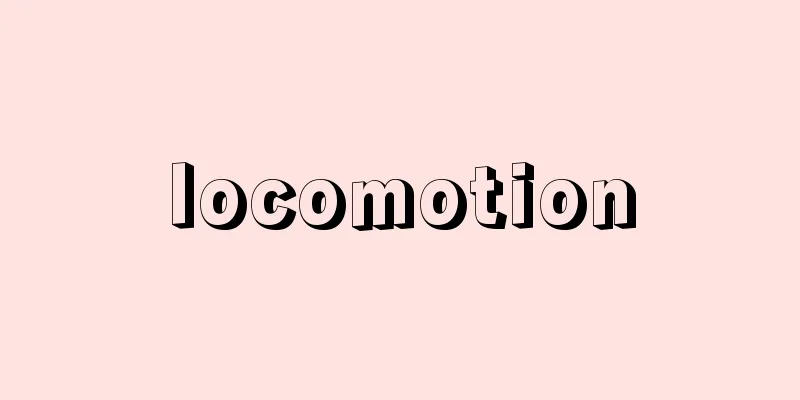
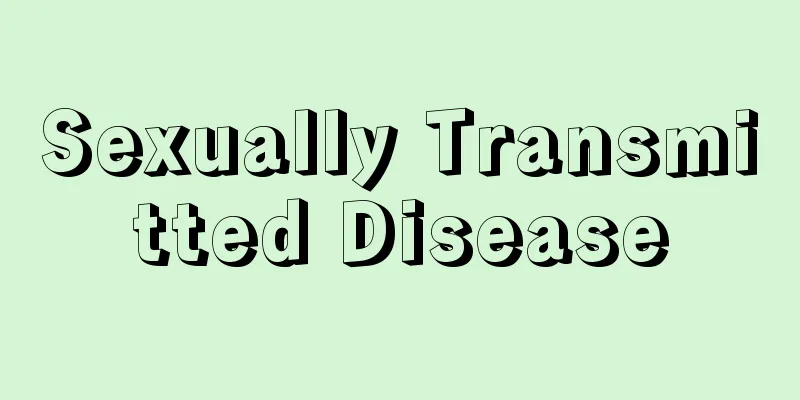
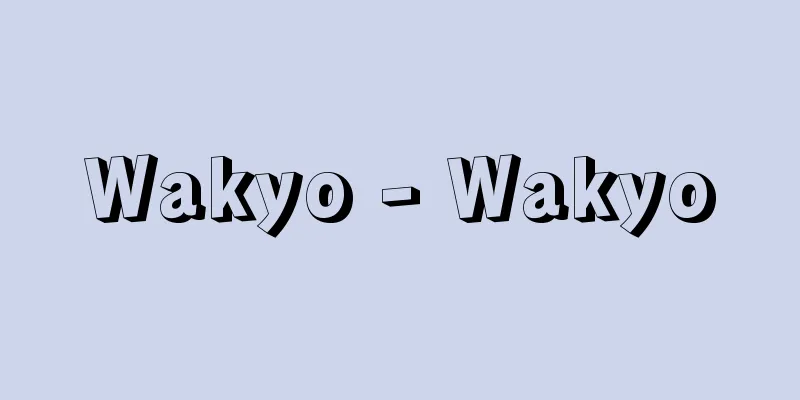
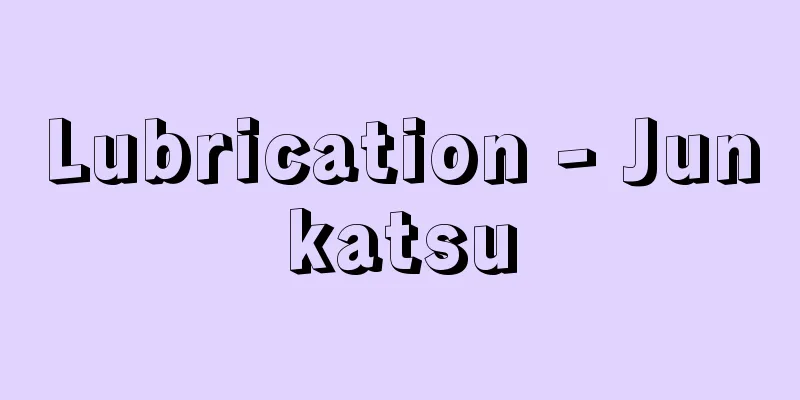
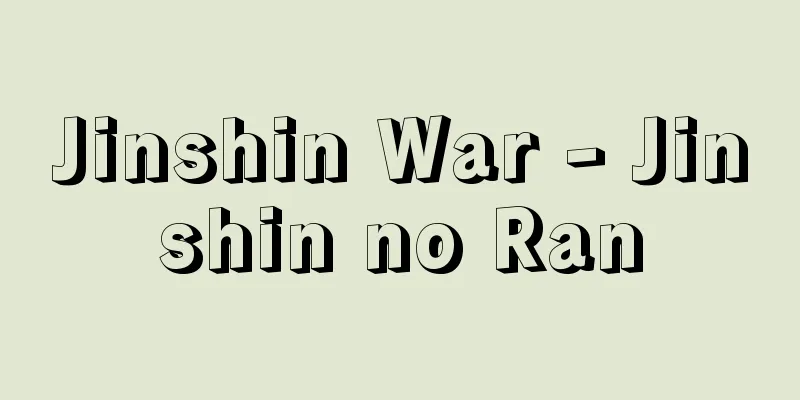
![Dhrupad (English spelling) [Hindi]](/upload/images/67cc5f526d749.webp)

